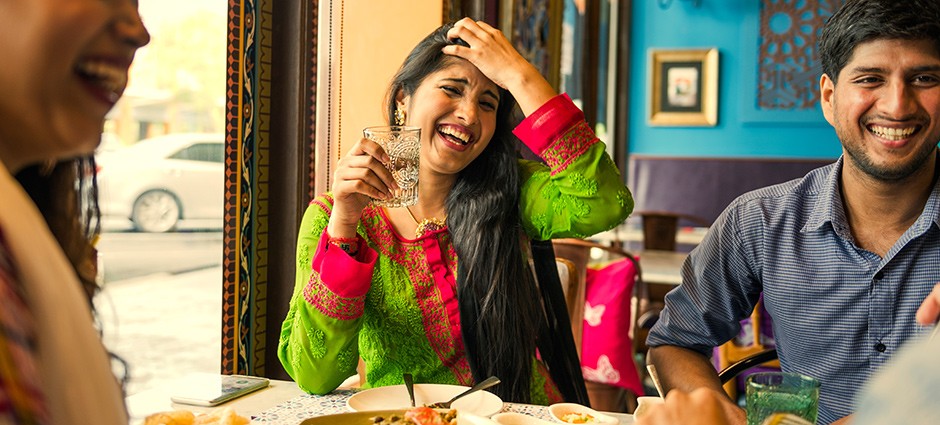The cuisine of India may be the most diverse in the world, incorporating regional spices, vegetables, fruits and grains grown across the country, with roots millennia old. Indian food uses a range of flavors—sweet, sour, spicy—together in one dish, and there is as much variation in the regional cooking as in all of Europe combined, with spices as the common thread. The assortment of dishes reflects India’s diverse ethnicity and the religions practiced—Hindu, Buddhist and Jain communities are largely vegetarian.
India’s unique cookery evolved because the country was a central player in trading with Persian, Greek and Arab cultures. Portuguese traders in the 16th century introduced new-world foods like chiles, potatoes, tomatoes and squash, and English colonial rule later influenced flavors. Indian food is one of the most popular cuisines in the world and has shaped dishes from the Caribbean to Southeast Asia. With some 20 to 30 basic spices—like coriander, turmeric, ginger and cumin—appearing throughout many dishes and with different ways to use them all, Indian food can seem unfamiliar, exotic or intimidating.
“I think people are daunted by the perception that Indian cooking has so many ingredients, which is so not true—it can be accessible,” says Raghavan Iyer, author of six cookbooks and winner of an Emmy, two International Association of Culinary Professionals awards and, most recently, a James Beard award. “In my book Indian Cooking Unfolded [Workman, 2013], each recipe is made with 10 ingredients or less to be prepared in half an hour or less.”
The book features 100 simple recipes that demystify Indian cooking for the home cook. “In my mind, it unfolds a cuisine that is 6,000 years old,” Iyer says. “When I teach the building blocks of Indian cooking, I’m teaching people to work with common ingredients that create and tease out flavors that are very complex, from working with no spice to maybe five spices in a dish.”
Iyer’s style of cooking is what he believes captures the essence of Indian cooking: to make do with what you have and use techniques that bring out the flavors. He says true Indian cuisine isn’t what we get in the Western world on the average lunch buffet, and that most restaurants offer a very myopic vision. “I’ve always said the true beauty of Indian food is what you’re getting served in home kitchens. And I think once you understand that it’s not rocket science, once you understand the building blocks, you’ll walk away with the subtleties and intricacy that is going to showcase Indian home cooking and make your food shine.”
According to Iyer, all the ingredients for recipes in his book can be found in a regular grocery store—no need to seek them out at an Indian or specialty shop. He believes closely reading the recipe steps—and understanding what each step is teaching—is the key to success, no matter what type of cuisine. It’s that concept that allows cooks to master a recipe. “It’s the knowledge and details of extracting the multiplicity of flavors—that’s the backbone of Indian cooking.”
Try Iyer’s Mango Marmalade recipe.




